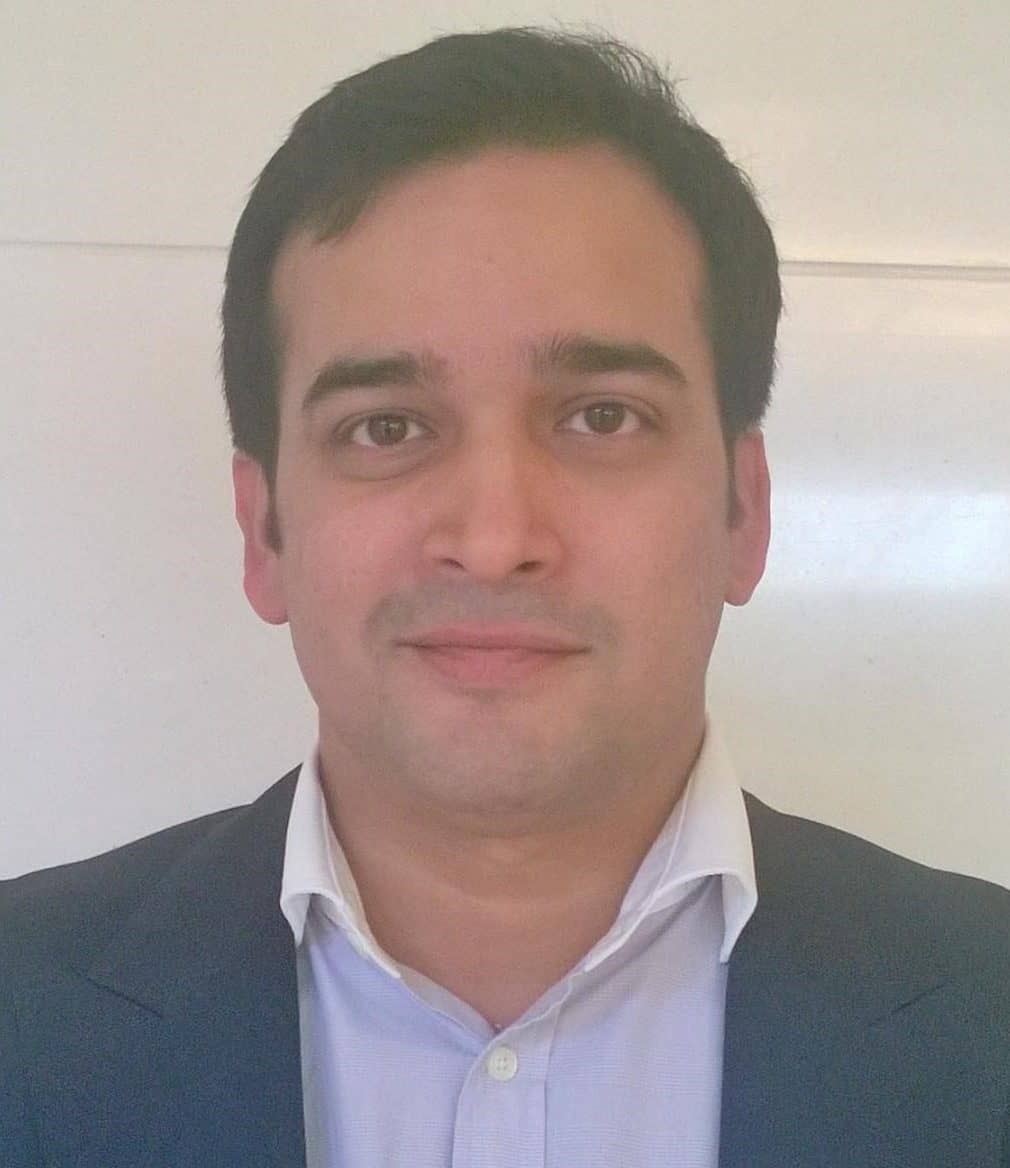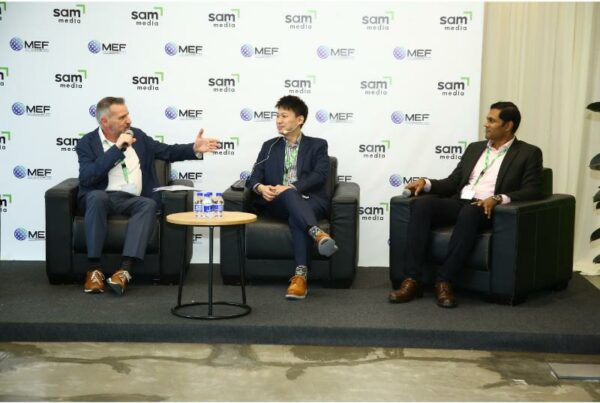Shiv Putcha, Principal Analyst at emerging tech specialists Mandala Insights, shares insight into how the covid19 pandemic is affecting the mobile ecosystem in India, and how the telcos are coping with keeping the country connected.
There are multiple trends to review from the emerging market response to the COVID19 virus. As a telecoms analyst, I would be remiss not to begin with the impact on and the performance of the telecom sector at large as well as in India, where I reside.
The degrees have varied as well as the strategies applied for implementation but the net effect of all the lockdown has been to force people indoors, with little to do and a lot of time on their hands. Predictably, most people have gone online, in work from home (WFH) mode, in online classroom mode, or for casual browsing on steroids.

There are several “Covid motivators” out there who have discovered hidden or latent baking, musical and other skills…you know who you are! The resulting Internet traffic spikes have been significant across the board, irrespective of region, country or even at a city level.
What has the experience been like in India? So far so good. The biggest concern was that India’s telecom networks, straining to maintain a modicum of quality at the best of times, have largely held up, either on their own merits or with luck, duct tape, and Superglue. India’s mobile operators, cable providers, and ISPs have been forced to trim customer care and other operations down to the bare minimum.
Overall, they have managed, in conjunction with their network vendor partners, to keep the lights on. Payments have largely switched to online payment methods, either through net banking or through services like Paytm, PhonePe, and Mobikwik. Prepaid balance validity periods have been extended, as well as free incoming calling and a host of other benefits.
One of the biggest learnings from the lockdown is that all assumptions about traffic patterns and network planning go out the window. People are no longer mobile so their traffic will tend to skew towards “hotspots” and become more consistent throughout the day“
Shiv Putcha, Principal Analyst

One of the biggest learnings from the lockdown is that all assumptions about traffic patterns and network planning go out the window. People are no longer mobile so their traffic will tend to skew towards “hotspots” and become more consistent throughout the day. That is, traffic becomes more “localized” and there are potentially several mobile cell sites that have seen dramatic increases in terms of capacity load and several that have seen decreases. Moreover, there is no “peak hour” traffic anymore…people are on all the time.
Where possible, capacity has been increased at traffic hotspots to handle the surge in traffic. But without fresh (and even temporary) allocations of spectrum, it would not be possible to add capacity, especially in crowded urban areas. As a result, the telcos are certainly under strain and the impact can already be felt with reduced speeds and faint signals.
My primary number is with Airtel and I can only get mobile data when standing at the balcony window in my apartment in Mumbai. Under the circumstances, the only viable strategy in the short term is to offload traffic.
A good case in point is Reliance Jio employing WiFi Calling. I have a secondary SIM card with Jio, taken to mitigate the previously mentioned coverage issues with Airtel. While there is no problem with coverage, Jio’s speeds have slowed to a fraction of previously available and advertised speeds. A clear issue for a company that promised its subscribers free voice calling for life and loads of free mobile data bundled into its plans. Moreover, virtually all my voice calls now go out over WiFi, a clear indication of the strain placed on Jio’s LTE networks.
Is 5G the answer? Sadly, not in the short term
So how do these telcos get more capacity in the short term? Ideally, there would be a lot more fixed broadband to the home, enterprise and small business locations. However, fixed broadband penetration in India is pitifully low, despite recent momentum following the launch of Jio Fiber, One Broadband, and other services.
The answer lies with the allocation of more spectrum. More spectrum and new use cases like Fixed Wireless Access (FWA). In India, the 5G spectrum auction has been on the cards for some time. Will we have a 5G auction soon? Absolutely not. While the impact of Covid19 has brokered an uneasy truce between the Indian government and the telcos over license fee demands, there is a looming problem with capital scarcity. If they are barely able to pay their past dues in license fees, where is the capital left over to pay for exorbitantly priced spectrum in an environment where there is bound to be a squeeze on lending and credit? Telcos around the world are currently re-evaluating CAPEX plans. My prediction is that any 5G auctions that have not already happened will get delayed to 2021 at the earliest and follow up auctions in other countries will also get pushed back.
Despite my reservations on the potential delays for 5G auctions, I am hopeful that India’s telcos take matters into their hands and look at new technologies like Dynamic Spectrum Sharing (DSS) and older technologies like carrier aggregation (CA) to help them pool existing resources and boost bandwidth. DSS has been primarily mooted for combination scenarios where operators can combine 5G and 4G spectrum, dynamically, in order to boost capacity. However, this can also be done with 4G and older 3G/2G networks. The recent announcement of 3 Indonesia with Nokia for applying DSS to their 4G and legacy networks is a very interesting case in point for India’s operators to follow.
One silver lining coming out of all this. If we assume that the lockdown continues in the short term and we slowly limp back to a semblance of normalcy, we are still looking at a fundamentally different world coming out on the other side. I for one hope and pray that people, many if not all, reboot and begin to place more value on the truly essential things in life.
For one thing, I believe that people’s appreciation of connectivity and the premium they are willing to pay for this will be renewed. Building and operating a telecom network is tough, gritty and at the best of times, a thankless business, no more or less so than the plumbing networks that take our refuse to dark, dank corners. Both are vital, essential but also taken for granted!
This post originally appeared on the author’s website Mandala Insights and is reused here with kind permission





